A 72-hour kit is your lifeline during the critical first three days of an emergency. It’s the buffer between you and potential disaster, giving you the essentials to weather the storm until help arrives or you can reach a safer location. Building your first kit doesn’t have to be complicated or expensive. With these 15 tips, you’ll be well on your way to creating a robust, personalized emergency kit that could make all the difference when the unexpected strikes.
1. Start with a Sturdy Backpack
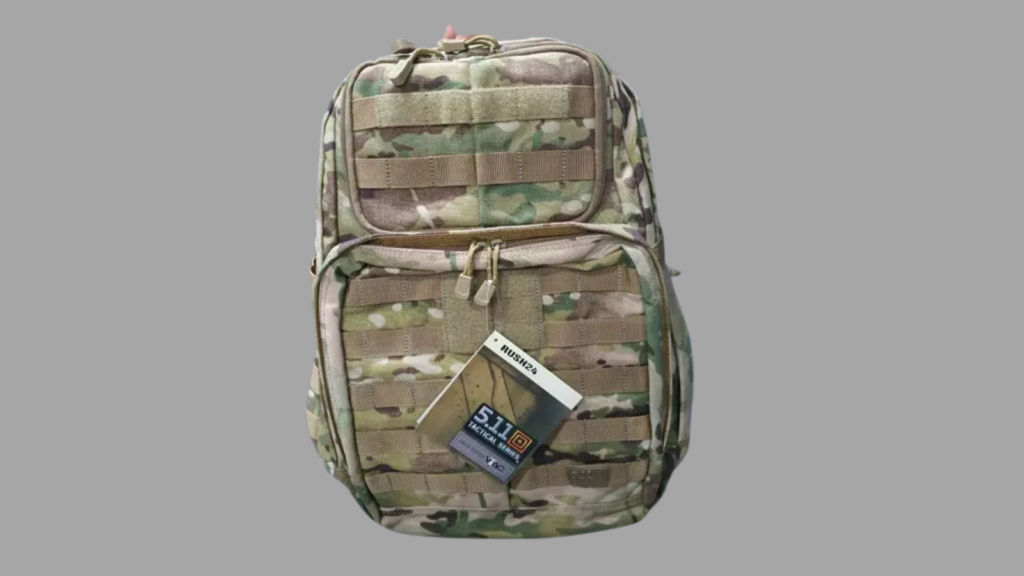
Choose a high-quality, water-resistant backpack as the foundation of your kit. Look for multiple compartments to organize gear and padded straps for comfort. A 40-50 liter capacity is ideal for most people. Remember, you might need to carry this pack for extended periods, so balance capacity with portability. Consider adding a waist strap to distribute weight more evenly and reduce fatigue during long carries.
2. Pack Three Days of Water

Water is your top priority. Pack one gallon per person per day. Use sturdy containers that won’t leak or break easily. Consider adding water purification tablets or a portable filter as a backup. In a pinch, you can survive three days without food, but only three hours without water. Include a collapsible water container to collect additional water if you find a source during your emergency.
3. Include Non-Perishable, High-Energy Foods

Focus on calorie-dense, ready-to-eat foods that don’t require cooking. Granola bars, nuts, dried fruits, and canned meats are excellent choices. Aim for at least 2,000 calories per person per day. Don’t forget a manual can opener if you’re packing canned goods. Include some comfort foods like hard candies or chocolate to boost morale during stressful situations.
4. Add a First Aid Kit
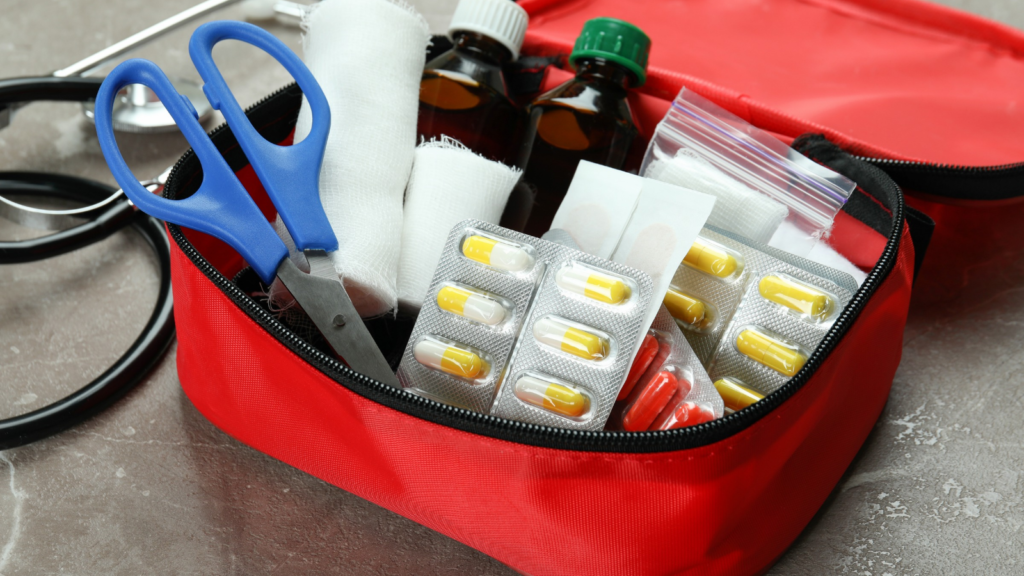
A well-stocked first aid kit is crucial. Include bandages, antiseptic wipes, pain relievers, and any personal medications. Add a first aid manual if you’re not confident in your skills. Remember, in an emergency, you might be your own first responder. Consider including a tourniquet and learning how to use it properly, as it can be life-saving in severe bleeding situations.
5. Pack Essential Tools

A multi-tool, flashlight, extra batteries, and a fire starter are must-haves. Add work gloves, a small sewing kit, and duct tape for repairs. These tools can help you adapt to various situations, from minor inconveniences to major challenges. Include a small pry bar or crowbar for forced entry or escape in case you’re trapped by debris.
6. Include Warm, Weather-Appropriate Clothing

Pack a change of clothes and extra socks. Add a rain poncho and a warm layer like a fleece jacket. Even in warm climates, nights can get chilly. Wet or cold conditions can quickly become life-threatening without proper clothing. Include a pair of sturdy, comfortable walking shoes in case you need to evacuate on foot over long distances or rough terrain.
7. Don’t Forget Hygiene Supplies
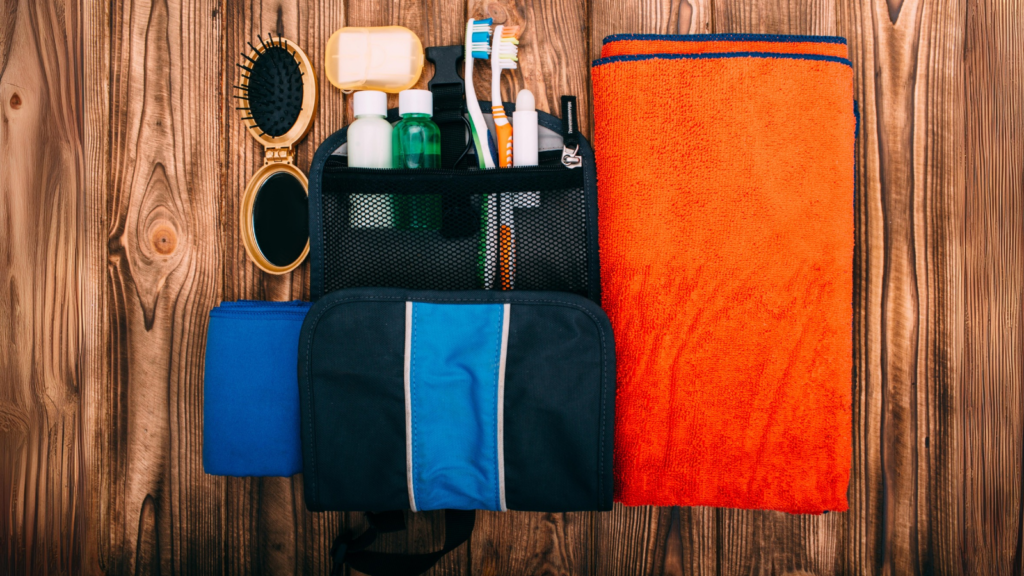
Include toilet paper, hand sanitizer, soap, and a small towel. Women should pack feminine hygiene products. Good hygiene isn’t just about comfort; it’s crucial for preventing illness in emergency situations. Add a small bottle of biodegradable soap that can be used for body, clothes, and dishes to maximize versatility and save space.
8. Add Important Documents
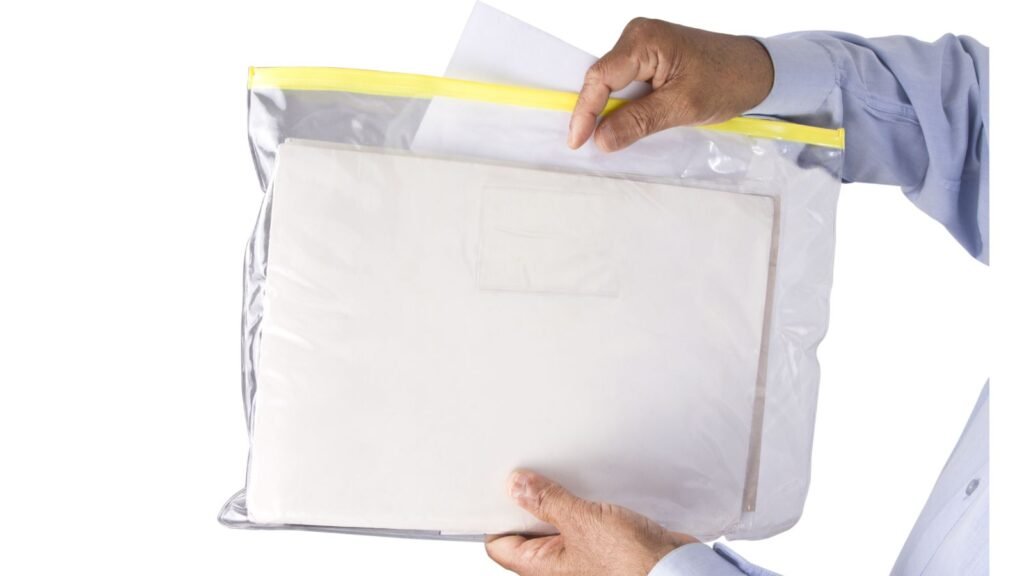
Make copies of ID, insurance information, and important contact numbers. Store these in a waterproof container or bag. In a disaster, proving your identity or accessing important information can be challenging without these documents. Include a small amount of foreign currency if you live near an international border, as you may need to cross it in an extreme emergency.
9. Pack a Portable Radio

A hand-crank or battery-powered radio keeps you informed during emergencies. Look for models with NOAA weather alerts. Information is power in a crisis, and a radio can be your lifeline to crucial updates and instructions. Choose a radio with a built-in flashlight and USB charging port to maximize functionality while minimizing the number of items in your kit.
10. Include Cash and Small Bills

Pack at least $100 in small bills. ATMs and credit card machines may not work during emergencies. Cash can help you buy supplies or pay for transportation if needed. Small bills are easier to use and make transactions smoother. Consider including a few silver coins as well, as they may be valuable for bartering in prolonged emergency situations.
11. Add a Detailed Map of Your Area

Include a physical map of your local area and potential evacuation routes. Don’t rely solely on your phone’s GPS. Mark important locations like hospitals, police stations, and meet-up points. Knowing where you are and where you’re going can be life-saving information. Learn basic map reading and navigation skills, including how to use a compass in conjunction with your map.
12. Pack a Whistle and Signaling Device
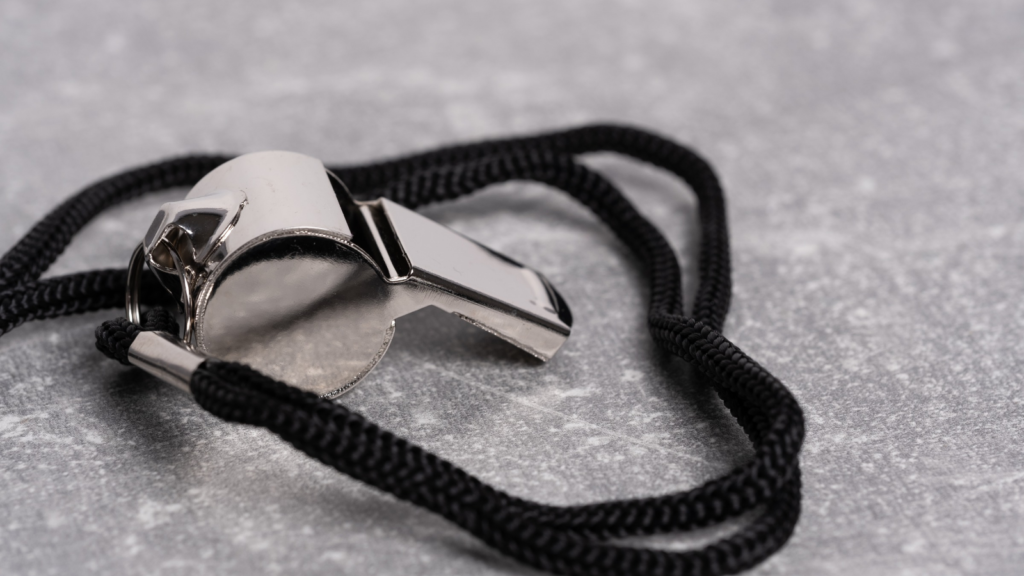
A loud whistle can signal for help or alert others to your location. Add a small mirror for signaling rescuers. Three short whistle blasts is a universal distress signal. In a pinch, these simple tools can dramatically increase your chances of being found. Include a brightly colored bandana or flag that can be used to attract attention or mark your location for rescuers.
13. Include Comfort Items

Pack a deck of cards, a small notebook, and pens. These can provide entertainment and a way to record important information. Stress relief is important in emergencies, and these small items can make a big difference in morale. Consider adding a small book of puzzles or a pocket-sized game to help pass time and keep your mind sharp during extended waiting periods.
14. Add a Portable Phone Charger
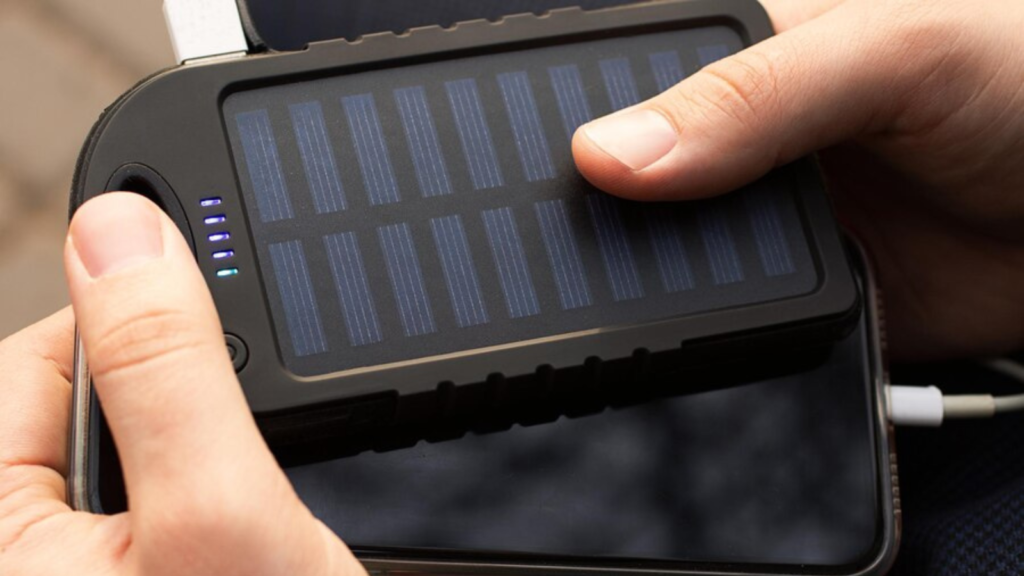
Include a fully charged power bank and charging cables. Communication is vital in emergencies. A charged phone can help you stay in touch with loved ones or call for help. Aim for a power bank with at least 10,000mAh capacity. Consider a solar-powered charger as well, which can provide a renewable source of power for extended emergencies.
15. Customize for Your Needs

Add items specific to your family’s needs. This might include pet supplies, baby items, or extra glasses. Your kit should reflect your unique situation. Review and update your kit regularly, at least twice a year, to ensure all items are in good condition and haven’t expired. Create a checklist of all items in your kit and keep it inside for easy reference and to help you quickly identify anything that needs replacement or replenishment.
50 of the Best Guns Ever Made
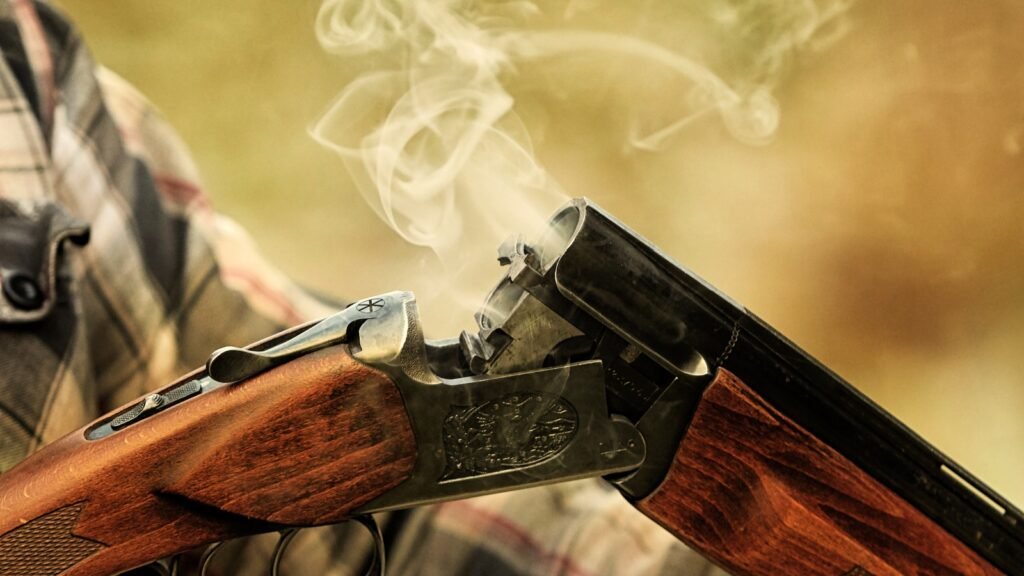
Some guns earn their place in history by changing how firearms are designed, others by proving themselves reliable no matter the circumstances. A few achieve iconic status because of their sheer innovation or excellence. The Browning Auto-5 revolutionized autoloaders, the Ruger 10/22 redefined versatility, and the Remington Model 700 became the backbone of American bolt-action rifles. These firearms aren’t ranked in any particular order, but each has earned its way onto this list. Whether you’re here to celebrate timeless craftsmanship or find inspiration for your own collection, this list dives into firearms that left an undeniable mark.
Read More: 50 of the Best Guns Ever Made
23 Crisis Scenarios You Haven’t Planned For But Totally Should

As a seasoned prepper, I’ve seen my fair share of unexpected situations. While most of us have the basics covered, there are some scenarios that often slip under the radar. These aren’t your typical doomsday events, but they could still turn your world upside down if you’re not prepared. I’ve compiled a list of 23 SHTF scenarios that might surprise you. Trust me, after years of homesteading and prepping, I’ve learned it’s better to be over-prepared than caught off guard.
Read More: 23 Crisis Scenarios You Haven’t Planned For But Totally Should
39 Essentials to Stockpile Beyond the Big Three

When it comes to prepping, most folks focus on the big three: water, food, and weapons. But in my years of experience, I’ve learned that true preparedness goes way beyond these basics. There’s a whole world of items that can make or break your survival situation. I’ve put together a list of 39 often-overlooked but essential preps to get hold of after you’ve taken care of food and water to take care of your immediate survival needs, and weapons to defend your family and property and to hunt. Trust me, you’ll want to add these to your stockpile before it’s too late.
Read More: Be A Preparedness Pro | 39 Essentials to Stockpile Beyond the Big Three

